Image Credit: Garrison Architects
Image Credit: Garrison Architects Redhook Green will feature about 4,000 sq. ft., including living and work spaces. With all required documents submitted to the city by early May, project developer Jay Amato says he is hoping to have permits in about 45 to 60 days.
The Red Hook section of Brooklyn isn’t what it used to be. Less than 20 years ago it was regarded as a desolate patch of New York City borough that was no stranger to urban struggle. The neighborhood in recent years hasn’t exactly shaken off its social and maritime/industrial legacies, but the community has been living up to its recently acquired “resindustrial” reputation.
One bit of evidence supporting that notion is a live/work project called Redhook Green.
Announced in December, Redhook Green is designed as a four-story modular structure with about 4,000 sq. ft. of interior space, including an apartment, offices, a studio, and a multi-car garage. The project’s developer, technology and media entrepreneur Jay Amato, noted that the shell of the building, which features a stacked-container appearance, is designed to provide R-50 thermal resistance and net-zero-energy performance. If it meets the performance criterion, it will be one of the first NZE live/work projects in New York City.
Awaiting permits
In a blog tracking the project’s progress, Amato says he considered a number of options, including wind turbines, to generate power for hot water and HVAC needs. He eventually decided on a system that features solar-thermal and solar-power collectors built with Sanyo bifacial modules. Hot water generated by the solar thermal components will be used to both heat and, via an absorption chiller, cool the building.
Amato has closed on a deal to acquire the site and completed all the drawings, technical analyses, and applications required by the city. All he needs now are permits to begin building. He’s keeping his fingers crossed, he says, but if all goes well, he should have the permits in 45 to 60 days.
Weekly Newsletter
Get building science and energy efficiency advice, plus special offers, in your inbox.

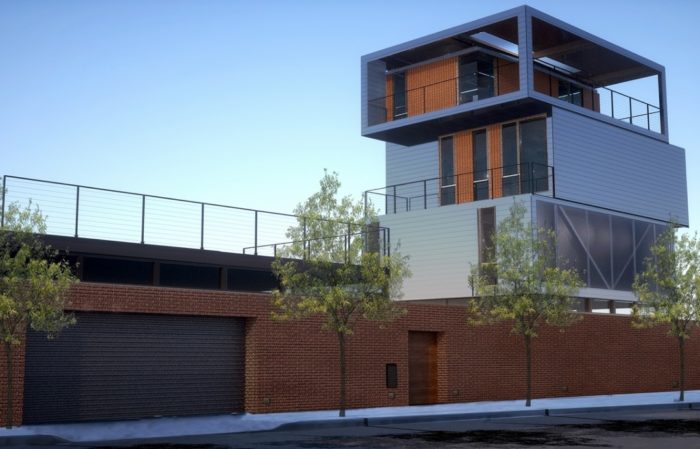




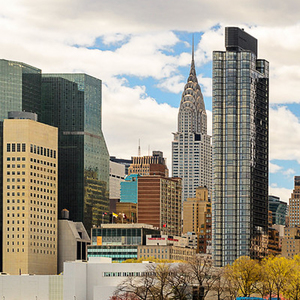
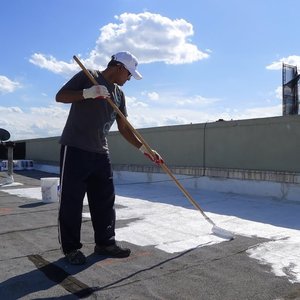
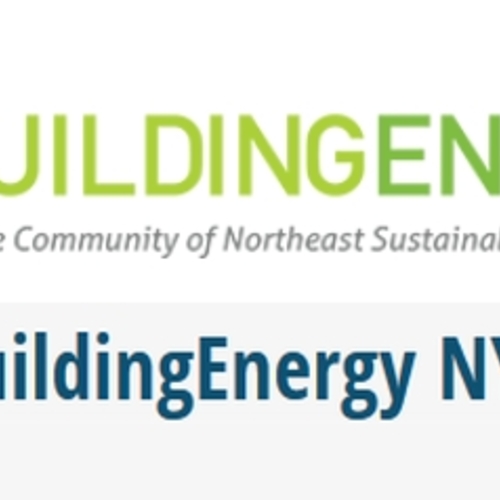
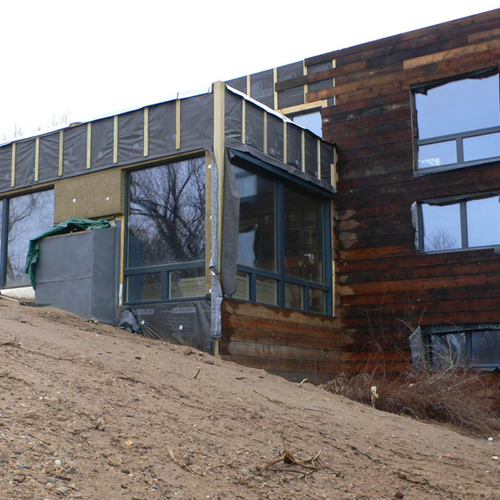






0 Comments
Log in or create an account to post a comment.
Sign up Log in